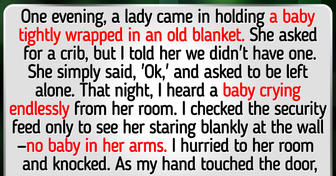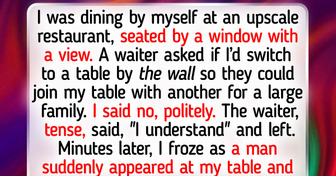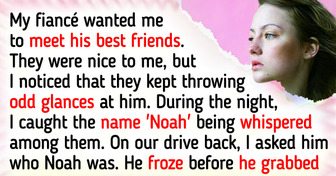16 Strangers Who Walked Into Someone’s Day and Made It Anything but Ordinary

Imagine you’re showing Planet Earth around to a visitor from outer space. How about we show them some of Earth’s majestic phenomena?
First things first: the dancing Northern Lights. They’d probably think it’s a work of magic if science hadn’t been able to explain how on Earth these things work. It’s crazy that such a beautiful phenomenon can emerge from such a violent encounter. So how about we take a closer look into the process?
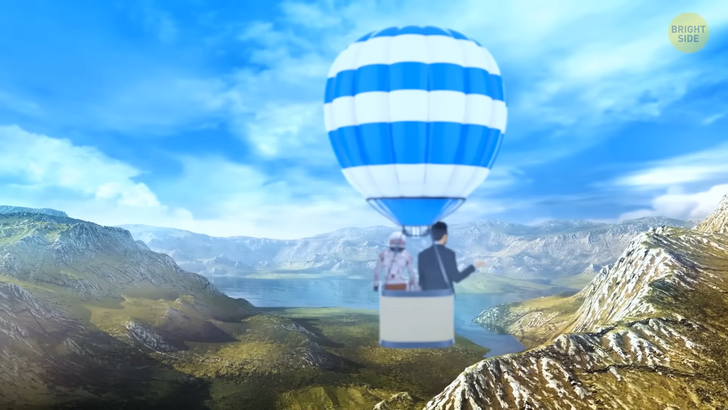
The so-called Aurora Borealis is — believe it or not — the result of solar storms. See our Sun? This huge ball of Helium keeps releasing some of its plasma out into the galaxy. When a bit of plasma is released from the Sun’s field and is out in space, it’s called a Solar Storm — you’ve certainly heard of them before. These plasma clouds will fly by Mercury and Venus before reaching the Earth.
But when they do get into contact with the Earth’s magnetic field, something interesting happens: the solar storm gets deflected. This collision between the solar storms and the Earth’s upper atmosphere produces tiny flashes of light that fill the polar sections of our skies. Looking at it from an Earthling’s perspective, it looks like the Auroras are moving or even dancing. But that’s just an illusion. If we could zoom in on the phenomenon, we’d see nothing but billions of flashes occurring at super high speed.
What’s that sound though? Yup, the Auroras make noise! And noise is the correct term for it: a mixture of bird chatter with bad radio static. That’s just the intensity of the encounter between solar storms and the Earth’s atmosphere -you didn’t expect it to be quiet, did you? You got lucky! It’s not easy to spot an Aurora Borealis in action.
Several factors need to be aligned for you to witness this otherworldly marvel. The main one is: you’ll need to be far away from any major city centers due to light pollution. This may sound silly, but as the Auroras are faint, you’ll need a dark environment to see them more clearly. Oh, the least easy bit is that you’ll need to check the index of geomagnetic activity at the time and day of your visit.
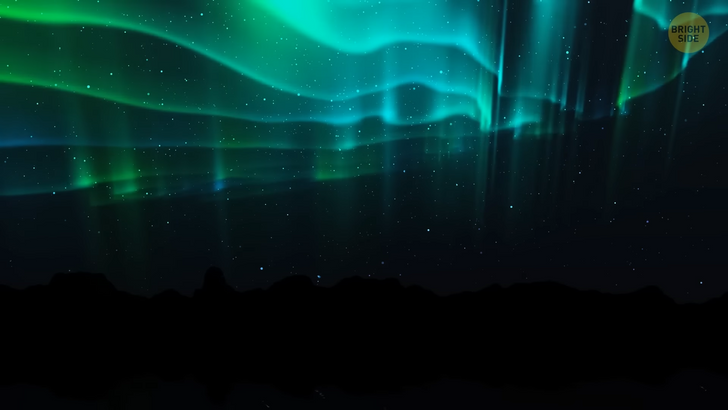
Now, where our visitors are from, there are no clouds, so even seeing a regular cloud is already exciting. Luckily, our planet just has water-filled clouds, instead of methane or sulfuric acid clouds like on Venus or Jupiter. But we do get some pretty weird-shaped clouds around here. They have cool names too, like Cumulus Nimbus or Statoscumulus.
The most unique type of cloud formation is probably the Asperitas cloud. They weren’t even considered by the World Meteorological Organization until 2015, and it was the first new cloud formation to be included in the Cloud Atlas since the 1950s. The name Asperitas comes from a Latin word that means rough and irregular, and if you look at them attentively you’ll see they actually look like a rocky ocean on a bad, windy day.
Then there are the lenticular clouds, which are a whole different story. These ones might sometimes look like flying saucers hovering around the tip of mountains. Or they might look like lids trying to seal off a mountaintop. They usually bring along strong winds, yet they remain firm and steady on the landscape.
Oh, and you both sure have fun when you spot the Mammatus Clouds. These are the types of clouds that probably everyone tries to draw around here when they’re little. Perhaps this is why they look so funny up in the sky, appearing fluffy, robust and marshmallow-shaped. They happen when hot and cold air collide into each other. They’re here to tell you it’s going to rain heavily though, so get ready!
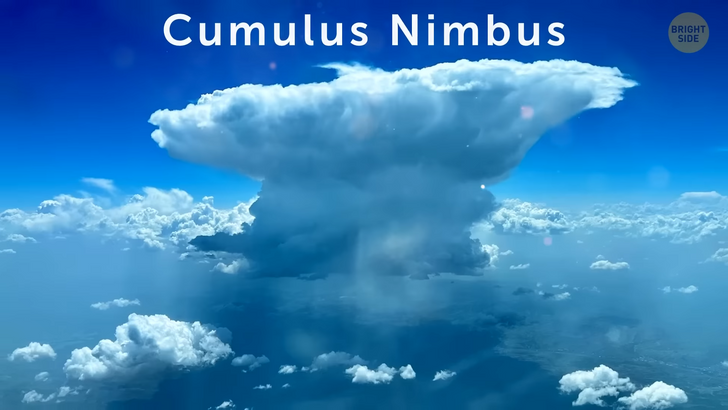
Thunderstorms can be scary, but hey, imagine seeing lightning for the first time in your life! Wouldn’t you be scared? I mean — how can the sky discharge so much electricity without wiping out the entire human race every time it does so? And if you’d think there was only one type of lightning, well — think again.
Lightning can move either downwards or upwards — from Sky to Earth or from Earth to Sky. This can happen when there’s a tall object near the spot of the lightning discharge, and the electric field of the flash causes the light to travel from Ground to Cloud — as scientists call it. There’s one place on Earth where you can witness constant lightning for ten hours a day depending on the time of the year.
In Venezuela, at the mouth of the Catatumbo River, you can witness a rain of lightning. There are 16 to 40 flashes per minute — it’s crazy and beautiful all at the same time. And speaking of lights, there is a much more peaceful type of skylight that never ceases to surprise: rainbows. Are rainbows real? Can we touch them? Is there such a thing as the end of a rainbow?
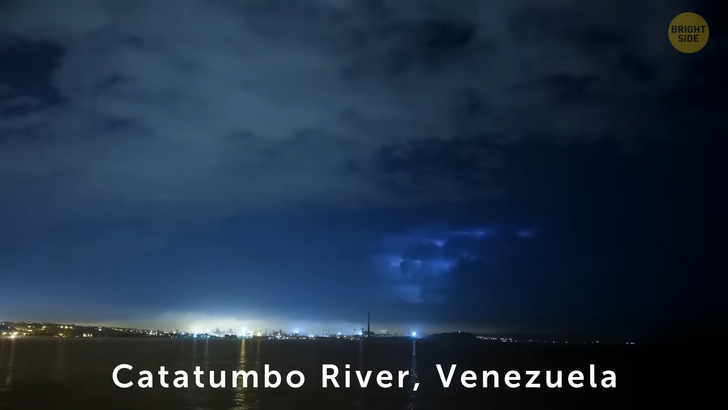
Maybe your visitor friend will be disappointed, but no: you can’t touch a rainbow. They aren’t physically there. Rather, they’re the result of tiny suspended water droplets hanging around in the air and the refraction of sunlight. When you look at the sun from the surface of Planet Earth it looks white. But white sun rays contain all the colors of the color spectrum within them. So when a white beam of light passes through a water droplet that’s just hanging up there in the air, the white ray refracts at slightly different angles and reflects all of its different colors in the sky.
Normally, humans can perceive only several different colors in a rainbow, but actually, a rainbow has all the colors of the spectrum, our eyes just don’t perceive the subtlety of it. Oh, yes — and no human will ever see the same exact rainbow as their fellow friend because each person will be perceiving the water droplets at slightly different angles.
Here’s a quick tour on rainbow types. We have the “classic rainbow”, which is the semicircular one we see most times. If you’re lucky, you can witness a full-circle rainbow, which usually happens in high altitudes, where the line of the horizon doesn’t “cut” the rainbow in half. There’s the fog bow, which can happen on a foggy day.
They’re also known as “white-rainbows” because they don’t reflect multicolored rays, only a white bow. In case you’re curious, this happens due to the tiny size of the water droplets contained in fog. Ah yes, and there’s also the possibility of a lunar rainbow a.k.a. “a moonbow”, which is a very unusual sight.
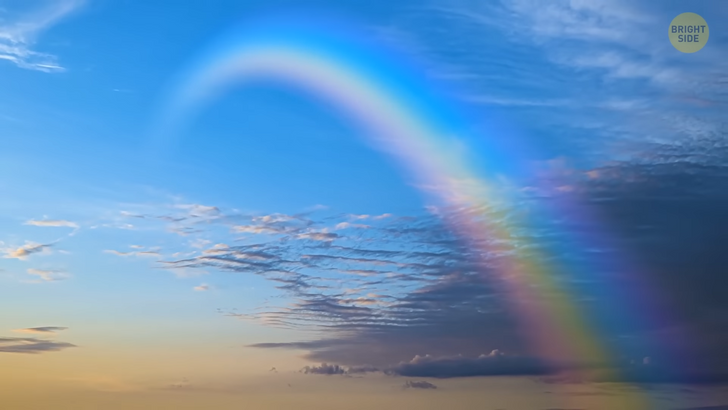
It happens usually during Full Moons when the light of the moon is at its brightest. And it’s also perceived as a white arc, outlining the moon’s outer rim. And what’s that over there on the horizon? Is it a linear rainbow? Well, it sure looks like one, but linear rainbows don’t exist.
Although they may look like rainbows, they’re a different phenomenon entirely. They’re called: circumhorizontal arcs. These beauties happen in colder atmospheres, where there are ice plates suspended in the air. It’s also known as a fire rainbow because red is the predominant color.
Let’s finish this unique touring experience with a beautiful sunset. The sky is a bit cloudy, so the bright orange sun paints the sky red, purple, yellow, and all colors in between. But when it sinks down on the horizon and almost disappears it turns — green? That’s unexpected. It’s not that the Sun has turned green, but our eyes perceive it that way due to the dispersion of sunlight.
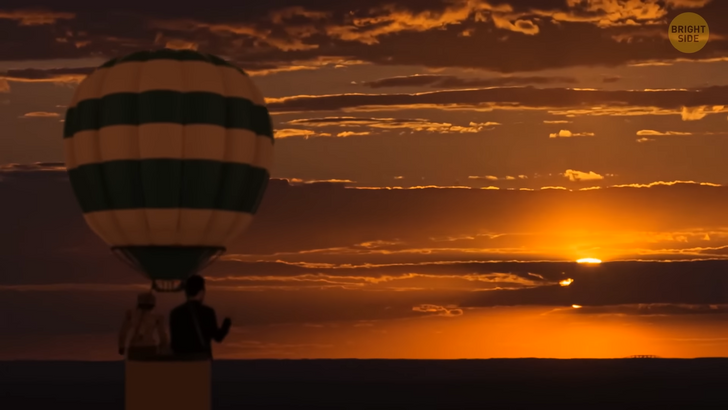
You see, as the sun is sinking below the horizon, the light is being dispersed through the Earth’s atmosphere like a prism. This prism works like a mirror inside a cup full of water. The mirror and water will refract the rays in many different directions.
So, as sunlight is passing constantly through this prism, we may get unexpected flashes of green light just before the Sun says bye-bye for the day. Wow, this tour was nice! Catch you next time!



